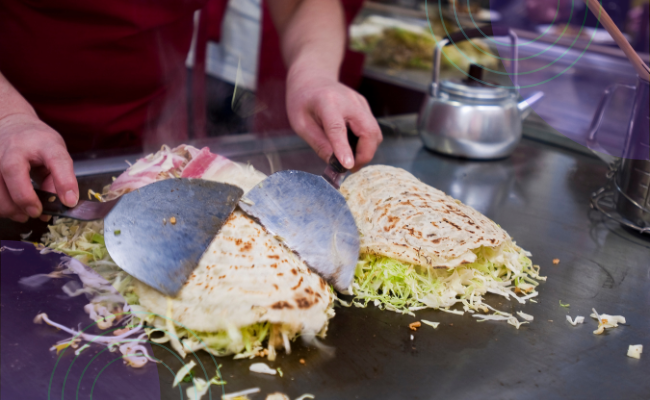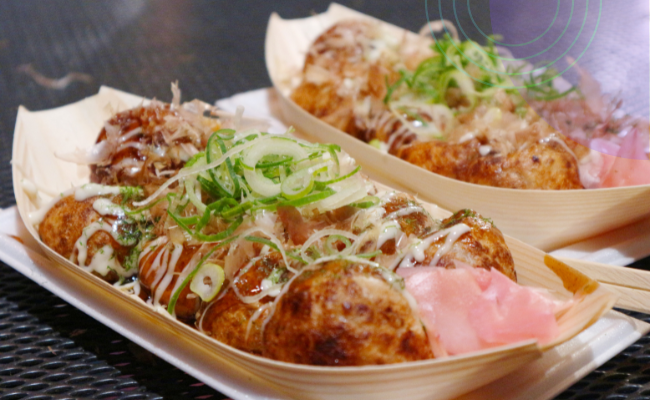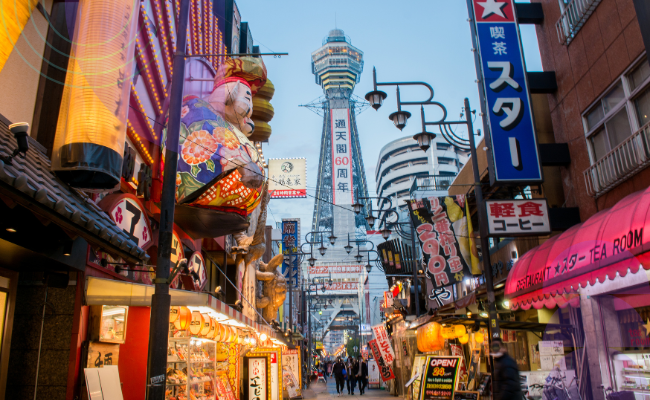There are the obvious things to do in Hiroshima – the Peace Memorial Museum, Miyajima Island – but there’s more to the city than just those main sites.
You can easily spend a whole day just in the city center. The Peace Memorial Museum takes a few hours to explore properly. After that, you can walk around the downtown area, try some okonomiyaki, maybe check out the shopping streets.
Miyajima Island is worth a separate day trip. Most people just go for the famous torii gate photo, but there’s hiking and temples if you want to explore more.
The city is small enough that you can get around easily, and there are some decent day trips to other places in the region if you have extra time.
Historical and Memorial Sites
Peace Memorial Park & Museum
The heart of Hiroshima’s remembrance, this park and museum provide essential context about the atomic bombing and its aftermath. The museum houses artifacts, photographs, and first-hand accounts that bring the human impact into focus. Plan to spend 2–3 hours here to take in the exhibits thoughtfully. The surrounding park offers space for quiet reflection.
Peace Memorial Ceremony
Held every year on August 6th, this ceremony commemorates the victims of the bombing and promotes global peace. Attending can be a deeply moving experience, though visitors should expect larger crowds and busier accommodations during this period.
A-Bomb Dome (Genbaku Dome)
Located within Peace Memorial Park, this preserved ruin is one of the few buildings left standing near the hypocenter of the blast. Today, it stands as a UNESCO World Heritage Site and a powerful symbol of peace.
Miyajima Island
Itsukushima Shrine & Torii Gate
The iconic vermilion torii gate appears to float on the sea during high tide—one of Japan’s most photographed sights. Be sure to check tide schedules if you want to catch it at the perfect time. The shrine itself, over 1,400 years old, is considered one of Japan’s “Three Most Scenic Views.”
Daisho-in Temple
A tranquil Buddhist temple complex featuring hundreds of statues and mountain views. It’s less crowded than the main shrine and offers a more contemplative experience of Miyajima’s spiritual side.
Mount Misen
Hike (2–3 hours) or ride the ropeway to the summit for sweeping views over the Seto Inland Sea. The hike is scenic but challenging, while the ropeway is quicker and more comfortable.
Local Food Specialties
Miyajima is known for fresh oysters, conger eel (anago), and momiji manju—maple leaf–shaped cakes filled with sweet bean paste or custard. Small restaurants and food stalls near the ferry terminal make it easy to sample these local favorites.
Restaurants on Miyajima Island
Miyajima Base (ミヤジマベース)
📍 310 Miyajimacho, Hatsukaichi, Hiroshima 739-0588
Casual restaurant offering a mix of Japanese and Western comfort food. Popular for hearty plates, relaxed vibe, and reasonable prices. Great for a filling meal before or after sightseeing.
Cafe Lente (カフェ レンテ)
📍 1167-3 Kitaonishicho, Miyajimacho, Hatsukaichi, Hiroshima 739-0588
Charming café serving coffee, light meals, and desserts. Known for its cozy atmosphere and affordability, with many items priced under ¥1,000. Perfect for a quick break or sweet treat.
Miyajima Cuillere Italian Restaurant (宮島Cuillere)
📍 681-2 Miyajimacho, Hatsukaichi, Hiroshima 739-0518
Italian-inspired restaurant and sandwich shop with a stylish setting. Praised for creative menu options and beautifully plated dishes. Offers a refined but relaxed dining experience.
Douze Miyajima
📍 1 Chome−3−31 2F, Miyajimaguchi, Hatsukaichi, Hiroshima 739-0411
Creative cuisine restaurant with a small, intimate setting. Known for artistic presentations and unique flavor combinations. A hidden gem for those seeking a special dining experience near Miyajima.
Miyajima Anago Meshi Mametanuki (宮島 あなごめし まめたぬき)
📍 1133 Miyajimacho, Hatsukaichi, Hiroshima 739-0588
Famous for anago meshi (grilled conger eel over rice), a regional specialty of Miyajima. Located on the main shopping street, this spot is especially popular with visitors looking to try authentic local cuisine.
Hiroshima Castle Area
Hiroshima Castle
Initially built in the 16th century and reconstructed in 1958, the castle is surrounded by a pleasant park that shines during cherry blossom season. Inside, you’ll find exhibits on Hiroshima’s history before the atomic bombing.
Shukkeien Garden
A beautifully landscaped Japanese garden near the castle, featuring ponds, bridges, and tea houses. It’s particularly stunning in spring and autumn.
Downtown and Shopping Areas
Hondori Shopping Street
A lively covered arcade filled with shops, cafés, and restaurants. Great for browsing souvenirs, sampling local snacks, or simply escaping a rainy day.
Okonomimura
A multi-floor building dedicated to Hiroshima-style okonomiyaki. With around 25 stalls, each with its own twist, you can wander until one catches your eye—or dive in and try your luck. Tourist-friendly but still delicious.
Nagarekawa District
Hiroshima’s nightlife hub, offering everything from cozy izakaya and ramen shops to lively bars and clubs. Best visited in the evening.
Food and Market Areas
Near Peace Memorial Park
Several local restaurants are within walking distance, perfect for grabbing a meal after exploring the memorial sites.
Hiroshima Station Area
A convenient spot with department store food halls, restaurants, and easy connections to regional trains.
Residential Neighborhoods
For adventurous eaters, small family-run restaurants in quieter neighborhoods often serve some of the city’s best and most authentic food.
Day Trip Options from Hiroshima
Iwakuni (45 minutes by train) – Famous for the iconic Kintai-kyo Bridge, a stunning wooden arch bridge often ranked among the most beautiful in Japan. The surrounding riverside area is especially scenic during cherry blossom season.
Onomichi (1.5 hours by train) – A charming coastal town known for its hillside temples, nostalgic narrow lanes, and retro atmosphere. It’s also the gateway to the Shimanami Kaido, a spectacular cycling route across the islands of the Seto Inland Sea.
Kurashiki (1.5 hours by train) – A city with a beautifully preserved historic canal district, lined with traditional merchant houses, museums, and art galleries. The area is especially atmospheric in the evening when the canals are softly lit.
Okayama (1 hour by train) – Home to Korakuen Garden, one of Japan’s “Three Great Gardens.” The city also features Okayama Castle and serves as a convenient base for exploring nearby cultural sites.
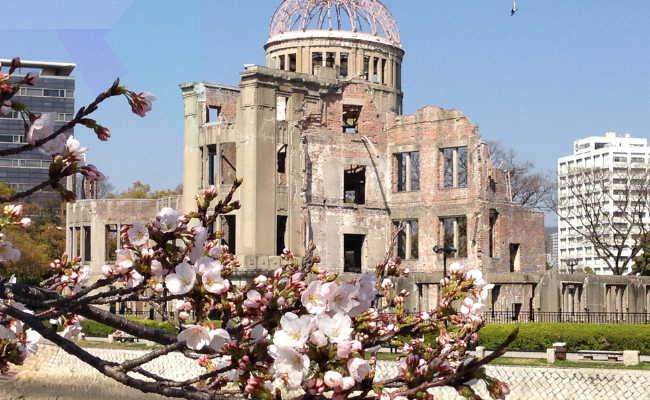
Inland Sea Islands
Rabbit Island (Okunoshima) – 2 hours from Hiroshima
A small island famous for its friendly population of wild rabbits that freely roam the area. While the island once served as a chemical weapons production site during WWII, today it’s a peaceful getaway with coastal trails, ruins, and a visitor center.
Shimanami Kaido – 1.5 to 2 hours from Hiroshima
A spectacular 70-km cycling route linking Hiroshima and Ehime Prefectures via a chain of bridges across the Seto Inland Sea. Even if you don’t cycle the full route, you can enjoy scenic sections, seaside views, and stops on charming islands along the way.
Seasonal Considerations
Spring (March-May) Cherry blossoms in Peace Memorial Park and around Hiroshima Castle. Miyajima also has beautiful cherry blossoms.
Summer (June-August) Hot and humid, but this is when many festivals occur. The Peace Memorial Ceremony is on August 6th.
Fall (September-November) Comfortable weather and beautiful fall colors, especially in Shukkeien Garden and on Miyajima Island.
Winter (December-February) Mild weather, fewer crowds, and oyster season is at its peak.
Helpful Tips for Your Hiroshima Trip
Transportation
Within the City: Hiroshima’s streetcar system makes it easy to reach most attractions, including the Peace Memorial Park, Hiroshima Castle, and the downtown area. For shorter distances, walking is a convenient mode of transportation.
To Miyajima: Take the JR Sanyo Line to Miyajimaguchi Station (about 30 minutes), then transfer to the ferry for a 10-minute ride across to the island. Ferries run frequently throughout the day.
Time Planning
Miyajima: Allow a full day if you’d like to explore beyond the famous floating torii gate, such as hiking Mount Misen or visiting Daishō-in Temple.
Peace Memorial Museum: Plan at least 2–3 hours to engage with the exhibits thoughtfully.
Crowds
Weekends and holidays bring larger crowds, especially on Miyajima. Arriving early in the morning or later in the afternoon can make your visit more comfortable.
Food Timing
Many restaurants close between lunch and dinner service. Plan your meals ahead if you’re hoping to try Hiroshima-style okonomiyaki or other specialties.
Day Trips
Cities such as Okayama, Kurashiki, Onomichi, and Iwakuni are all accessible by train, making them great options for day trips. If you’re using a JR Pass, it will cover most of these routes.
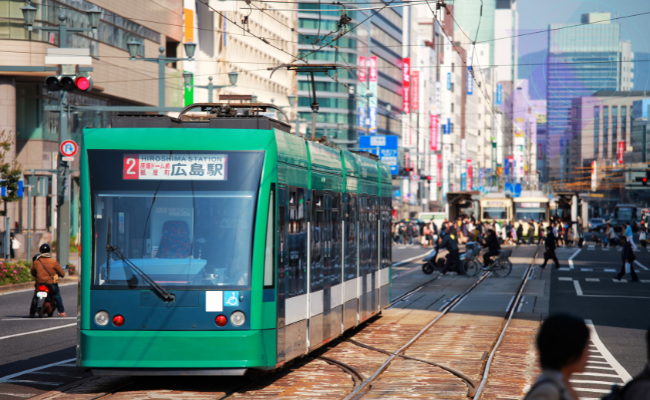
Budget Considerations
Attraction Costs: The Peace Memorial Museum charges a small admission fee. On Miyajima, Itsukushima Shrine also has a modest entry fee, while the ropeway to Mount Misen requires a separate ticket.
Food Costs: Hiroshima is great for eating on any budget. Street food and casual eateries are affordable, while higher-end restaurants offer more refined takes on local specialties, such as oysters and okonomiyaki.
Transportation: Local streetcars are inexpensive and cover most of the city’s attractions. Day trips may involve additional train and ferry fares, so be sure to factor these into your budget.
Final Thoughts
Hiroshima blends deep historical significance with the warmth of contemporary Japanese culture. Visitors can move seamlessly between powerful memorial sites, lively food streets, and tranquil gardens or coastal landscapes.
Its central location also makes it a convenient base for exploring western Japan — with easy connections to coastal towns, islands, and other cities across the Chugoku region.
Whether your interests lie in history, food, nature, or a mix of all three, Hiroshima and its surroundings offer experiences that can easily fill several memorable days.
A First-Time Guide to Hiroshima, Japan
Planning your first visit to Hiroshima means understanding both its historical significance and contemporary culture. This guide covers the essentials – from Peace Memorial sites to local food specialties – with practical tips for respectful and enjoyable travel.

